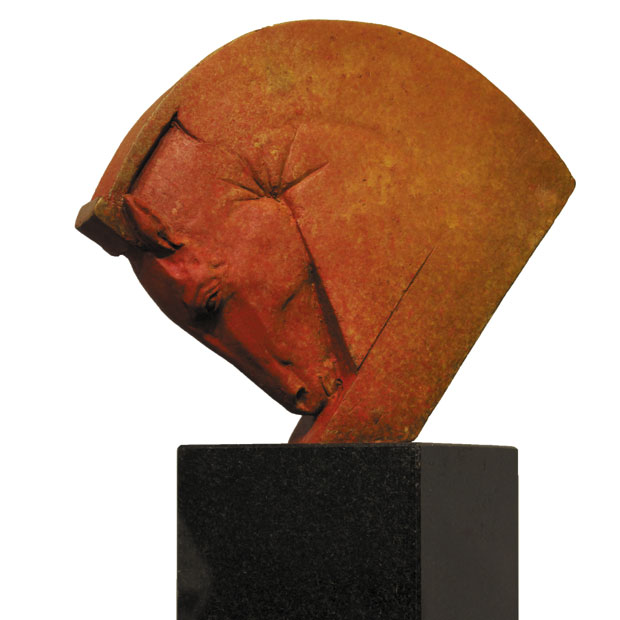
Born in Hammersmith in the United Kingdom, it seems fitting that renowned sculptor, Stephen Glassborrow’s career took the path that it did.
“I’d never actually thought about that,” he says, chuckling. “But I guess it is an ironic twist. I mean, with my surname I should have been a glassblower or something like that, but I somehow ended up being a sculptor.”
Glassborrow became an artist the old-fashioned way: he went to art school. However, he admits that he only came to sculpting after events demonstrated that his skills might lie away from his initial creative aims. “In the UK there’s a system in the arts where you have what’s called a foundation year where you try a lot of different forms of art, including sculpture, painting, graphics, all that sort of thing. I actually wanted to paint but they said, ‘You’ve got more of an aptitude for sculpture.’ So I did a degree in sculpture and it just kind of grew from there.”
Within six months of graduating, Glassborrow had packed his bags for Australia, where he began the slow process of working his way up in the art scene, eventually taking on big businesses as clients. “I used to work in the corporate world where you make a design pieces for foyers and for architects, but they tend to specify what they want. So that’s where I started and made a living from that, but gradually I built a following and started to have exhibitions and now, all I really do is have exhibitions and produce bronzes for exhibitions and sell my work. My principal means of survival is through the gallery system.”
However, he still does the occasional piece of public work, although only now and again. “Every so often, maybe once every two years, I do large public sculptures. I did the sculpture of Lionel Rose, the boxer, and I’m in the process right now of doing another one of John Famechon, who is also a boxer – he lives down in Frankston, Victoria, so I’m in the process of doing that. So, between the two, that’s pretty much all I do.”
Still, one does wonder why Glassborrow chose to work almost exclusively in bronze, an archaic and difficult material not much in favour in modern art.
“It’s a very challenging material,” he agrees. “Sculptors are cut into three areas: you have sculptors who fabricate and build things out of maybe welding steel together or wood or even more contemporary materials; then you have those who carve out of wood or stone; and then you have artists like myself. I actually model in clay first of all and then I make moulds. From the mould you can cast into many different materials, like resin, clay and bronze.
“And really, bronze is sort of the ultimate material because it lasts for thousands of years, it never deteriorates and it has that quality that is almost like gold; you can polish it, you can do so many things with the piece that you can’t with many of the other materials because they’re not strong enough. So I set out on a path many years ago to try and develop my career around bronze casting.”
1200° C, Stephen Glassborrow’s new exhibition, runs at Linton And Kay Galleries from October 15 – 29. View the show online here.
_ TRAVIS JOHNSON